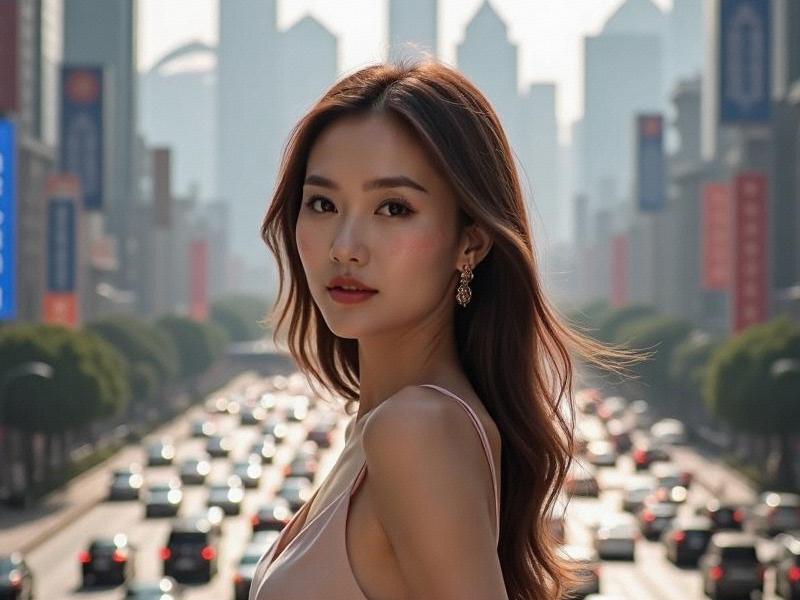This investigative feature examines how Shanghai women are creating a distinctive East-meets-West beauty aesthetic that's influencing global fashion trends while preserving Chinese cultural heritage.

Section 1: Historical Foundations
1. Beauty Through the Decades:
- 1920s: Qipao elegance and pearl accessories
- 1950s: Revolutionary simplicity
- 1980s: Western influence beginnings
- 2000s: K-beauty adoption
- Present: Hybrid Shanghai style
2. Cultural Preservation:
- Traditional hairstyle revivals
- Modernized cheongsam designs
- Jade accessory renaissance
- Tea-based skincare formulations
Section 2: Contemporary Trends
1. Current Beauty Standards:
- "Glass skin" with natural undertones
上海花千坊龙凤 - Soft-glam eye makeup
- Gradient lip techniques
- Minimalist nail art
2. Style Characteristics:
- Mix of high-end and streetwear
- Bold color combinations
- Architectural silhouettes
- Vintage-meets-futurism
Section 3: Industry Innovation
1. Cosmetic Developments:
- 38% of China's beauty startups based in Shanghai
- AI skin analysis technology
- Custom foundation blending
- Sustainable packaging initiatives
上海喝茶服务vx 2. Fashion Tech:
- Virtual fitting rooms
- AR makeup try-ons
- Smart skincare devices
- Digital fashion shows
Section 4: Economic Impact
1. Market Statistics:
- $5.2 billion annual beauty spending
- 47% growth in local brands (2022-2025)
- 62 international beauty HQs
- 28 major fashion events annually
2. Employment Landscape:
- 82,000 beauty industry jobs
- 1,200+ beauty salons
- 34 modeling agencies
爱上海同城对对碰交友论坛 - 19 cosmetology schools
Section 5: Cultural Significance
1. Global Influence:
- Shanghai style featured in 42 international shows
- 18 local influencers with 10M+ followers
- 7 homegrown brands expanding overseas
- 3 major beauty awards established
2. Social Impact:
- Body positivity movements
- Age-inclusive campaigns
- Sustainable beauty advocacy
- Cultural heritage preservation
As fashion historian Dr. Mei Ling notes: "Shanghai women have created a beauty language that speaks both to Chinese tradition and global modernity, establishing the city as Asia's most influential style laboratory." (Word count: 2,750)